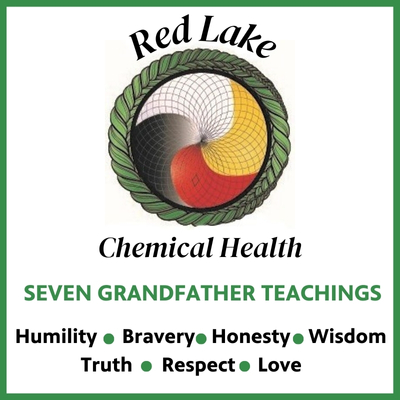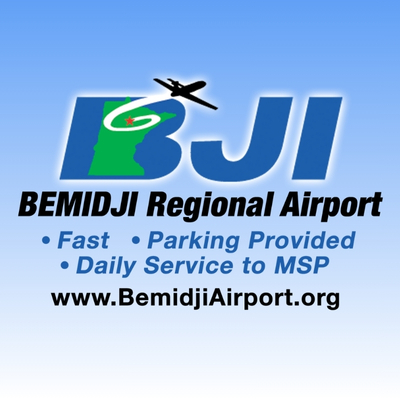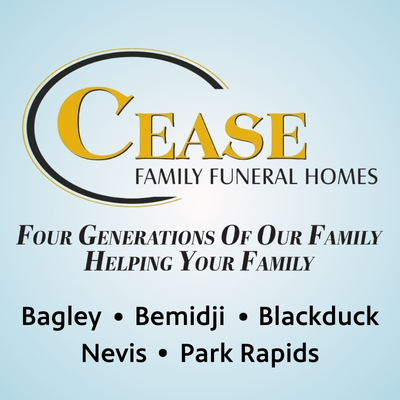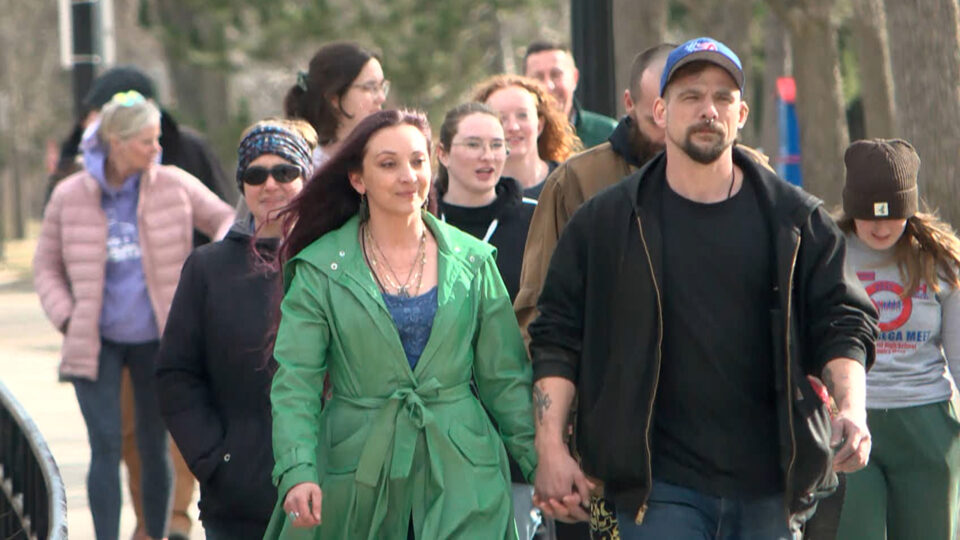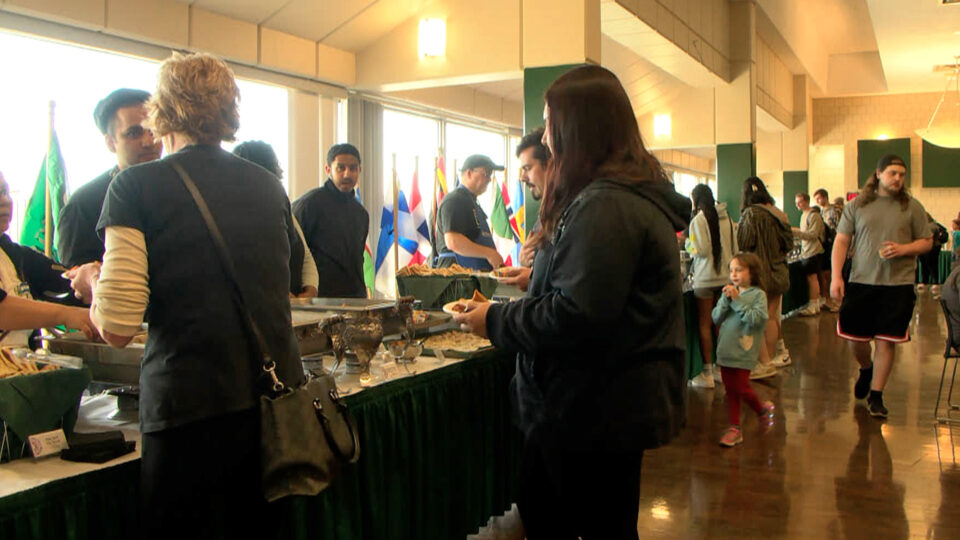Apr 11, 2018 | By: Josh Peterson
Public Comment Sought On Minnesota’s First Deer Plan
The Minnesota Department of Natural Resources is looking for public comment on the state’s first deer management plan through the use of 35 public open houses to be held across the state.
According to a release from the Minnesota DNR, an open house hosted by Park Rapids area wildlife staff will be held Tuesday, April 17 from 6 to 8 p.m. at the Park Rapids Area Library, 210 1st St. W., Park Rapids, Minn.
Another open house hosted by Bemidji area wildlife staff will be held Tuesday, April 24 from 6 to 8 p.m. at the Bemidji City Hall, 317 4th St. NW., Bemidji, Minn.
There will be no formal presentation at the meetings. Instead, local wildlife staff will provide handouts explaining the deer plan and process and will talk with attendees individually and in small groups. People can arrive anytime during the two-hour time frame.
“We’re setting a course for deer management that encourages more dialogue among stakeholders, the public, and DNR staff,” said DNR Commissioner Tom Landwehr. “Our ultimate goal is to support our hunting traditions, better engage the public, and to maintain sustainable, healthy deer populations throughout Minnesota.”
Part of the plan outlines strategic ways the DNR will prioritize its resources and activities to meet the plan’s eight key goals, which range from keeping Minnesota deer healthy to ensuring biological and societal factors are considered in management decisions.
“The plan recognizes the diversity of interests, considers multiple objectives, and is informed by the best available science,” said Leslie McInenly, DNR acting wildlife populations and programs manager. “It also factors in ways to reduce the negative impacts deer can have on people and the landscape.”
The plan establishes an annual statewide harvest target of 200,000 deer. Although only one of several performance measures outlined in the plan, the harvest target will help communicate how the DNR is meeting overall population goals through time.
In general, annual harvests less than 200,000 will indicate a need for more conservative regulations to rebuild deer populations. Harvests greater than 200,000 will suggest hunting regulations need to be liberalized so more deer are harvested to reduce populations.
“It’s important for people to know we’ll be measuring our performance in a variety of ways, from increased opportunities for public engagement to improving deer habitat and limiting disease,” McInenly said. “That strategy will inform us if objectives are being met and what areas need more work.”
McInenly added that the plan doesn’t address the details of specific regulations or operational issues, but rather plots a long-term strategic direction for managing the herd.
For more than a year, a 19-member citizen’s advisory group helped the DNR draft the deer plan. The group’s members had knowledge of deer management, interests related to deer and familiarity with different areas of the state.
“I want to express the agency’s great appreciation for the substantial public input and work of committee members in developing the plan,” McInenly said.

